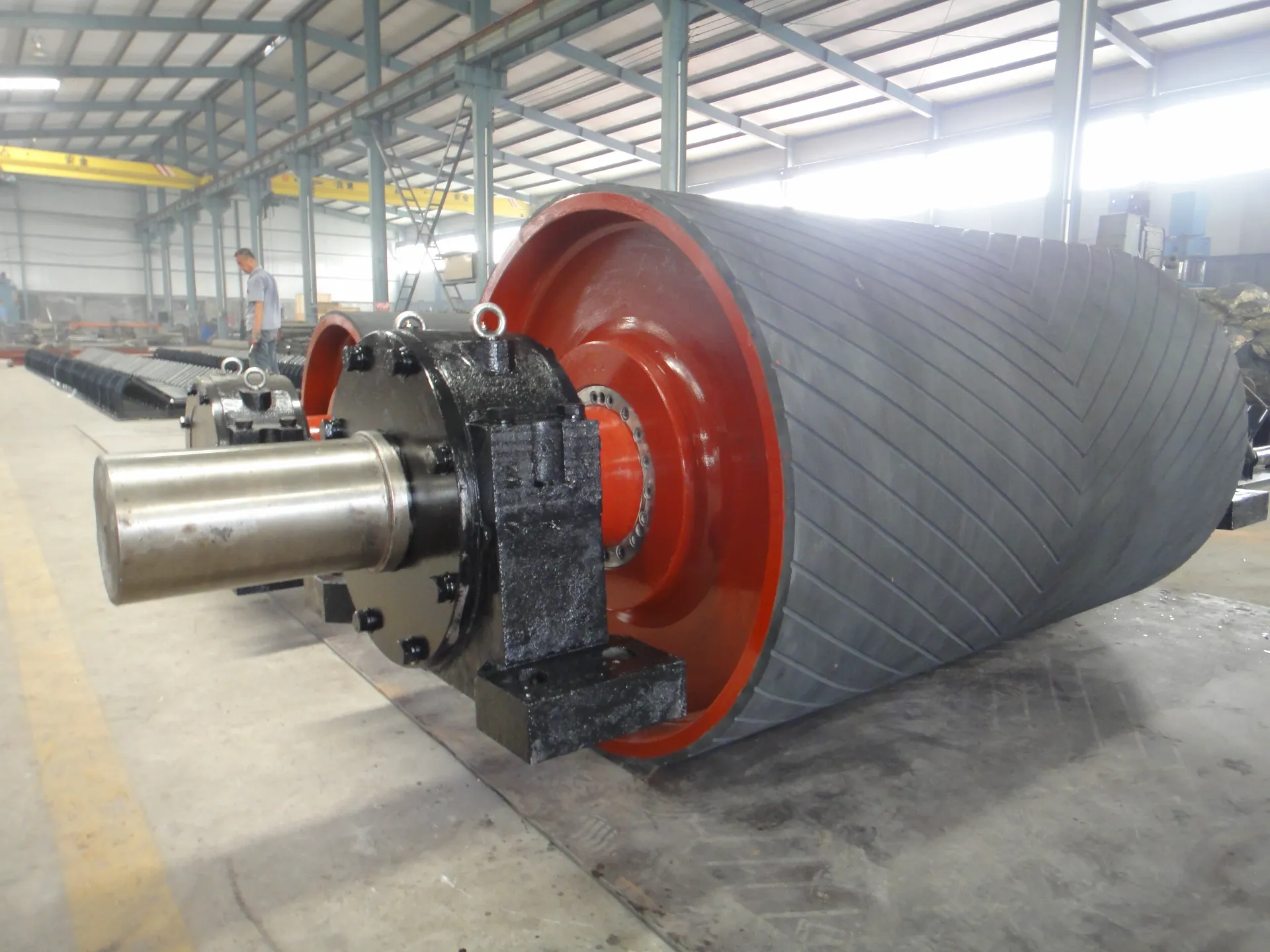 Afrikaans
Afrikaans  Albanian
Albanian  Amharic
Amharic  Arabic
Arabic  Armenian
Armenian  Azerbaijani
Azerbaijani  Basque
Basque  Belarusian
Belarusian  Bengali
Bengali  Bosnian
Bosnian  Bulgarian
Bulgarian  Catalan
Catalan  Cebuano
Cebuano  Corsican
Corsican  Croatian
Croatian  Czech
Czech  Danish
Danish  Dutch
Dutch  English
English  Esperanto
Esperanto  Estonian
Estonian  Finnish
Finnish  French
French  Frisian
Frisian  Galician
Galician  Georgian
Georgian  German
German  Greek
Greek  Gujarati
Gujarati  Haitian Creole
Haitian Creole  hausa
hausa  hawaiian
hawaiian  Hebrew
Hebrew  Hindi
Hindi  Miao
Miao  Hungarian
Hungarian  Icelandic
Icelandic  igbo
igbo  Indonesian
Indonesian  irish
irish  Italian
Italian  Japanese
Japanese  Javanese
Javanese  Kannada
Kannada  kazakh
kazakh  Khmer
Khmer  Rwandese
Rwandese  Korean
Korean  Kurdish
Kurdish  Kyrgyz
Kyrgyz  Lao
Lao  Latin
Latin  Latvian
Latvian  Lithuanian
Lithuanian  Luxembourgish
Luxembourgish  Macedonian
Macedonian  Malgashi
Malgashi  Malay
Malay  Malayalam
Malayalam  Maltese
Maltese  Maori
Maori  Marathi
Marathi  Mongolian
Mongolian  Myanmar
Myanmar  Nepali
Nepali  Norwegian
Norwegian  Norwegian
Norwegian  Occitan
Occitan  Pashto
Pashto  Persian
Persian  Polish
Polish  Portuguese
Portuguese  Punjabi
Punjabi  Romanian
Romanian  Russian
Russian  Samoan
Samoan  Scottish Gaelic
Scottish Gaelic  Serbian
Serbian  Sesotho
Sesotho  Shona
Shona  Sindhi
Sindhi  Sinhala
Sinhala  Slovak
Slovak  Slovenian
Slovenian  Somali
Somali  Spanish
Spanish  Sundanese
Sundanese  Swahili
Swahili  Swedish
Swedish  Tagalog
Tagalog  Tajik
Tajik  Tamil
Tamil  Tatar
Tatar  Telugu
Telugu  Thai
Thai  Turkish
Turkish  Turkmen
Turkmen  Ukrainian
Ukrainian  Urdu
Urdu  Uighur
Uighur  Uzbek
Uzbek  Vietnamese
Vietnamese  Welsh
Welsh  Bantu
Bantu  Yiddish
Yiddish  Yoruba
Yoruba  Zulu
Zulu types of pulley in conveyor belt
Types of Pulleys in Conveyor Belts
Conveyor belts are integral to various industries, facilitating the movement of materials efficiently and effectively. A crucial component of any conveyor system is the pulley. Pulley systems can significantly influence the performance, lifespan, and maintenance needs of conveyor belts. Understanding the types of pulleys used in conveyor systems can enhance operational efficiency and help in making informed decisions during the selection and design stages of conveyor systems.
1. Drive Pulley
The drive pulley is perhaps the most crucial type in a conveyor system. Positioned at the head end of the conveyor, it is responsible for powering the belt. This pulley is connected to a motor via a system of gears, and its rotation propels the conveyor belt forward. Drive pulleys are typically constructed from robust materials to withstand the stress of constant use and the weight of transported loads. They can be equipped with a lagging surface to increase friction and prevent slippage, enhancing the efficiency of the belt movement.
2. Idler Pulley
Idler pulleys play a supportive role in conveyor systems. They do not drive the conveyor belt but are essential in maintaining tension and supporting the load throughout the belt’s length. By providing support, idler pulleys reduce wear and tear on both the belt and drive pulley, increasing the longevity of the entire system. Idler pulleys come in various types, including troughing idlers, which form a V shape to help contain material on the belt, and return idlers, which maintain proper alignment and adjust the belt’s tension as it returns.
3. Tail Pulley
types of pulley in conveyor belt

Located at the terminal end of the conveyor system, the tail pulley serves to redirect the conveyor belt back to the drive pulley. Its function is similar to that of idler pulleys in that it supports the return leg of the belt and ensures its alignment. The tail pulley can also include features for belt tracking to prevent misalignment, which can reduce wear and tear. Furthermore, tail pulleys may have a sliding design in some systems, which allows for belt extensions or repairs without necessarily dismantling the entire system.
4. Take-Up Pulley
The take-up pulley is an essential component for maintaining the tension of the conveyor belt. As the belt stretches or when materials are loaded, the take-up pulley can be adjusted to ensure the belt remains taut, minimizing slippage and extending the belt's operational life. This adjustment is typically done manually, though automatic systems are also available in more advanced conveyor setups. Proper tensioning is crucial; too tight can cause undue stress on the belt and pulleys, while too loose can lead to slippage and material spillage.
5. Snub Pulley
A snub pulley is used to increase the angle of wrap around the drive pulley, enhancing traction and gripping. This component is vital in applications where the drive pulley may have insufficient friction to prevent slippage. By increasing the contact area between the belt and the drive pulley, the snub pulley ensures reliable movement, particularly when dealing with heavier loads or steeper inclines.
Conclusion
In summary, pulleys are fundamental components in the operation of conveyor belts. Each type of pulley—be it the drive, idler, tail, take-up, or snub pulley—serves its unique function that collectively enhances the efficiency and performance of the conveyor system. Understanding these pulleys' roles and functionalities can provide insights for engineers and maintenance personnel in designing, operating, and maintaining conveyor systems effectively. Proper selection and maintenance of these pulleys are key to ensuring the longevity and reliability of conveyor belt operations across various industries. Investing in quality pulleys not only improves operational performance but also contributes to the overall productivity and safety of material handling processes.
-
Revolutionizing Conveyor Reliability with Advanced Rubber Lagging PulleysNewsJul.22,2025
-
Powering Precision and Durability with Expert Manufacturers of Conveyor ComponentsNewsJul.22,2025
-
Optimizing Conveyor Systems with Advanced Conveyor AccessoriesNewsJul.22,2025
-
Maximize Conveyor Efficiency with Quality Conveyor Idler PulleysNewsJul.22,2025
-
Future-Proof Your Conveyor System with High-Performance Polyurethane RollerNewsJul.22,2025
-
Driving Efficiency Forward with Quality Idlers and RollersNewsJul.22,2025





























